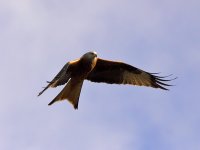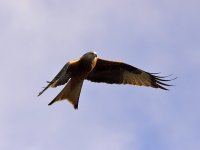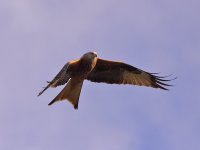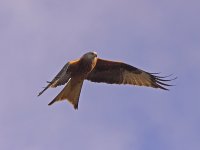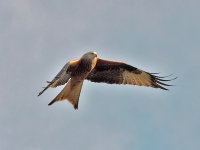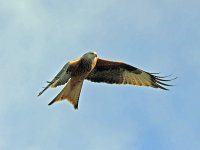Nikon Kid
Love them Sula Bassana
At the moment I am processing raw in DPP, doing some work in DPP on the image
and converting to jpeg, open up jpeg in Adobe E6 and resize to 800x600,
and do some more processing and save as jpeg and put on the web.
Now that I am getting better at processing I can see I am losing some
quality from raw to jpeg. After reading around the threads and other forum
looks like I need to convert to tiff, and then do my processing in Adobe E6
then save as in jpeg. At what point do I resize the image of the tiff do I do this,
before I do any processing in Adobe E6.
All help gratefully received
and converting to jpeg, open up jpeg in Adobe E6 and resize to 800x600,
and do some more processing and save as jpeg and put on the web.
Now that I am getting better at processing I can see I am losing some
quality from raw to jpeg. After reading around the threads and other forum
looks like I need to convert to tiff, and then do my processing in Adobe E6
then save as in jpeg. At what point do I resize the image of the tiff do I do this,
before I do any processing in Adobe E6.
All help gratefully received




